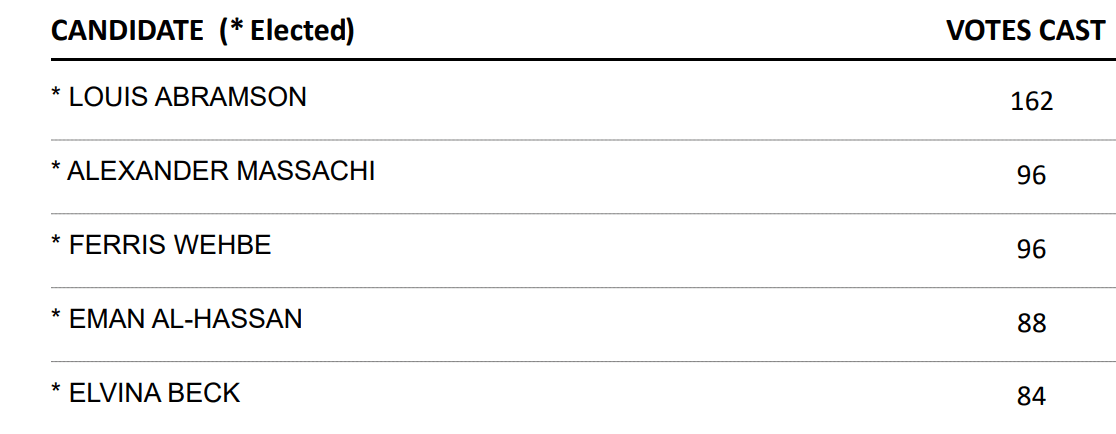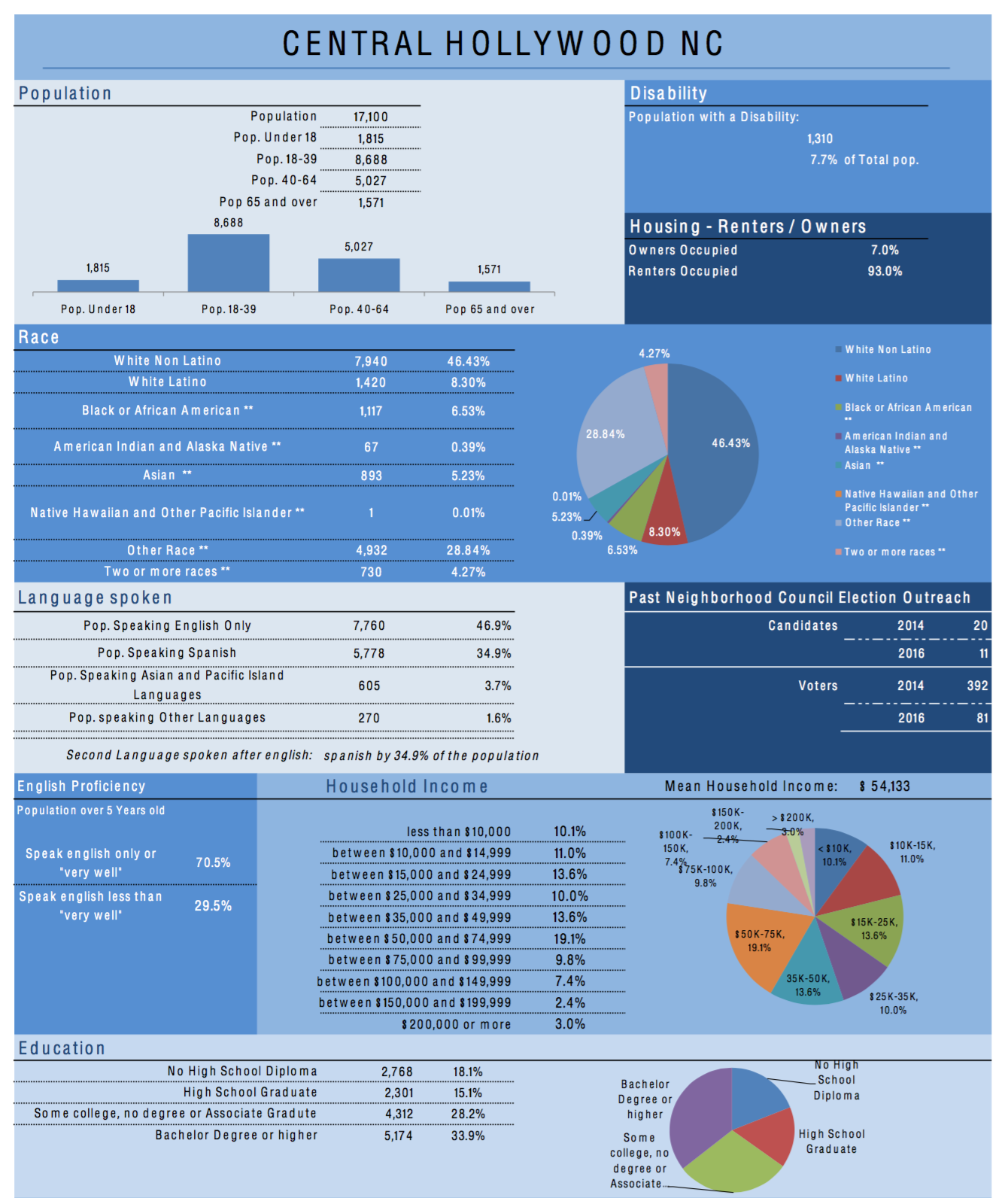Full post to come, but for now, visit our campaign site at LouisForCA.com!
We are one people in one place with one purpose: to make a California that lives up to our values. Join us today.
Full post to come, but for now, visit our campaign site at LouisForCA.com!
We are one people in one place with one purpose: to make a California that lives up to our values. Join us today.
1097 doors and 300+ conversations later, we won! I can’t wait to start serving my neighbors on the Central Hollywood Neighborhood Council! I’m proud to have been elected alongside these great people — this board is gonna do big things, and it’s all thanks to my neighbors getting engaged and involved in their local government!

Last summer I had the life-changing experience of volunteering for a successful
congressional campaign. Every weekend, I knocked on voters’ doors—over 1000 in
total—because I believed they deserved better representation in DC. Now, I’ve
decided to use my canvassing experience and my training as a scientist and
communicator to run to serve my fellow Angelenos on the Central Hollywood
Neighborhood Council.
I am an astrophysicist at the Carnegie Observatories. My work may focus on galaxies
at the farthest reaches of the universe, but my daily life keeps me grounded in the
experience of my neighborhood and the people in it. I think scientists ought to use their
skills to help improve the material conditions of all people, and I believe that engaging
directly in the political process is one of the most effective ways to do this.
LA’s Neighborhood Councils are links between the city’s 99 neighborhoods and its
municipal government (the Mayor and City Council). Neighborhood Council board
members are volunteers who can act as non-partisan conduits, bringing local issues to
the attention of policymakers and advocating for change and transparency.
As the maps and charts below show, Central Hollywood is a large and diverse place:
17,000 people of all backgrounds and ethnicities-–more than a third of whom are
bilingual—spread across more than one square mile. (Source: LA Department of
Neighborhood Empowerment.) It is home to LA’s great aspirations and great challenges—
to new construction and the Walk of Fame, but also to persistent homelessness
and financial need and insecurity. To build the best Hollywood we can, we need an
active, engaged, and visible Neighborhood Council. I’m running to increase awareness of
our local Council and to inspire our neighbors’ participation in local governance. I want
more than 81 voters out of 17,000 to choose who serves on it (as happened in 2016), and
I’ll knock on doors, write emails, update websites, and hang fliers to make sure that’s the
case.
I’m new to elective politics—and won’t be quitting my day job—but I think my
experience has given me the skills to listen deeply and respond effectively to our
community’s diverse stakeholders.
I can’t wait to get started: This is Hollywood — let’s reach for the stars!
Elections are March 31, 2019 at Hollywood Neighborhood City Hall (6501 Fountain
Ave, Hollywood, CA 90028). General meetings are the 4th Monday of every month. Be
sure to see https://empowerla.org/chnc/ and http://empowerla.org/councils/ for more
details. For my candidate statement, and those of my eight neighbor-candidates, see here,
and be sure to tweet @lab_rams to share your ideas with me!
También espero que hablar con mis vecinos hispanohablantes para entender sus
sentimientos específicos y crecer en un trabajador eficaz para ellos. En las semanas
próximas, cuando camino por el vecindario, tendré materiales en español para facilitar
estas conversaciones importantes. (¡Por favor disculpe los errores gramáticos en esta
mensaje!)

Map of Central Hollywood. Lots of commerce on the borders—studios to the S.E., everything you can imagine on Santa Monica, Sunset, and Hollywood Blvds.—and both single houses and apartments spread throughout.

2016 US Census data on the people of Central Hollywood. Lots of commercial space means the population isn’t huge compared to some other LA ‘hoods (but note the low turnout in the 2016 CHNC election) but we’re a diverse 17,000! As a 32 year old academic who rents, I’ll represent the largest age, income, housing, and education demographics in my neighborhood. I hope that will help lots of people hear their voices in mine.
The toughest thing about studying galaxy evolution is that we don’t get to watch it happen (kinda like biological evolution). Telescopes only reveal galaxies at one instant of their lives, and from this we must use “context clues” to help us make educated guesses about how they got where they are, and why they look the way they do.
Fortunately, telescopes are not the only tools at our disposal.
Using computers, we can generate hypothetical histories of simulated galaxies. Using models and assumptions, we can similarly try to infer from each galaxy’s data snapshots various facts about its past, such as how old it is, or (maybe) how many stars it has formed over various intervals of time.
Below are two movies showing how three pretty important characteristics of at least one sample of galaxies might’ve changed over the past ~11 billion years (about 80% of the age of the Universe). The movie on the left shows how galaxies’ star formation rates (SFRs; how many stars a galaxy is currently forming) changes as a function of its current stellar mass (M; how many total stars it has formed previous to that point). I’ve colored the trajectories of things that end up being the same mass as today’s Milky Way, i.e., the galaxy we live in. The colors represent when a galaxy reached half its mass today, with things that grew up early being red, and things that grew up late being blue.
You can see the rainbow of paths that these galaxies will take to their final destination, and, while they all end up at about the same mass, many billions of years ago, they spread out over a huge range. Some galaxies raced ahead early on. These tend to have low star formation rates today, and so appear “red and dead.” Conversely, some galaxies grew more leisurely. These tend to have higher star formation rates, and are therefore bluer, like our own Milky Way.
The movie on the right shows how the same set of galaxies might have evolved in size (r, for “radius”) as they grew in mass (same x-axis as the other movie). Here, objets that end up at the Milky Way’s mass are in grey, and you can see that the diversity in their SFR histories is also reflected in their size histories. Not surprisingly, all galaxies get bigger in size as they get more massive, but, interestingly, at any given mass, galaxies were smaller in the past. Indeed, the smallest objects tend also to be the oldest; i.e., the “red and dead” ones/the objects with red tracks in the other movie. You can see this clearly from the colored bands, which show the size–mass relation for red and blue galaxies over time from this paper; the orange band (red galaxies) is lower than the blue one (for blue galaxies) over most masses.
It’s possible that the physics that controls the diversity of mass-growth paths in the left hand movie might be linked to the fact that small galaxies are old through the matter density of the Universe (see these two papers, which kinda just reiterate some awesome stuff from the ’60s). Because this was always higher in the past, there was simply more gas to be turned into stars per unit volume, so the same mass could fit into a smaller sphere a long time ago than it can today. There’s probably a lot of other forces going on, but I suppose it’s part of my deep intellectual interest to figure out how much of the story of galaxy evolution is due to just that simple fact.
We’ll see where things go from here.